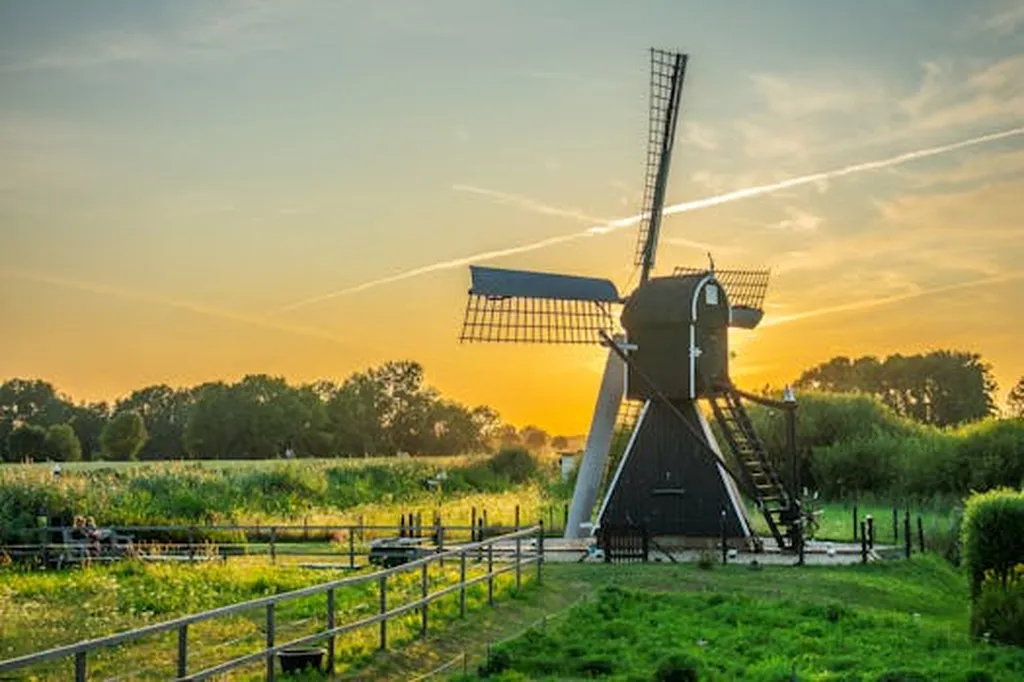In the heart of Italy, a small town named Villorba is quietly revolutionizing the way communities approach renewable energy, offering a blueprint for cities worldwide to balance heritage preservation with sustainable energy goals. The study, led by Elena Mazzola from the Department of Architecture and Arts at the University Iuav of Venice, explores how Renewable Energy Communities (RECs) can transform historic urban districts into hubs of clean energy production, all while respecting the delicate fabric of their architectural heritage.
Villorba, nestled in the province of Treviso, presents a unique challenge: its historic buildings are off-limits for photovoltaic (PV) panel installations, but its industrial areas offer vast, untapped potential. Mazzola and her team leveraged Geographic Information Systems (GIS) to map the town’s building stock and assess its PV potential. They then used advanced energy simulations to model various scenarios of PV installation on industrial roofs, comparing the outcomes against Villorba’s Sustainable Energy and Climate Action Plan (SECAP) targets.
The findings are promising. “PV systems installed on industrial buildings could significantly contribute to the electricity demand of the residential and municipal buildings,” Mazzola explains. However, the study also highlights the importance of a balanced approach. Considering both electricity generation and demand concurrently, the researchers found that reduced PV capacities can achieve similar levels of local electricity self-consumption. This not only decreases investment costs but also helps avoid grid imbalances, a critical factor for the energy sector.
The implications for the energy sector are substantial. As cities worldwide grapple with the dual challenge of meeting climate targets and preserving their historic cores, Villorba’s model offers a pragmatic solution. By focusing on industrial areas for renewable energy deployment, cities can bypass the constraints of heritage-sensitive contexts, accelerating their transition to sustainable energy.
Moreover, the study underscores the strategic role of RECs in achieving these goals. “This study demonstrates the strategic role of RECs in heritage-sensitive contexts and supports more resilient and realistic SECAP planning,” Mazzola notes. By fostering local energy production and consumption, RECs can enhance energy security, reduce costs, and empower communities to take charge of their energy future.
Published in the journal Energies (translated to English as “Energies”), this research is set to influence future developments in the field. As cities increasingly turn to renewable energy to meet their climate action plans, Villorba’s experience serves as a valuable case study, offering insights into the opportunities and challenges of integrating renewables into historic urban landscapes. The energy sector, in particular, stands to gain from these findings, as the shift towards decentralized, community-driven energy models gains momentum.
In the end, Villorba’s story is a testament to the power of innovation and adaptability. By embracing renewable energy communities and leveraging its industrial potential, the town is not only preserving its rich heritage but also paving the way for a sustainable future. As Mazzola puts it, “This is not just about energy; it’s about creating resilient, empowered communities that can thrive in the face of climate change.”

